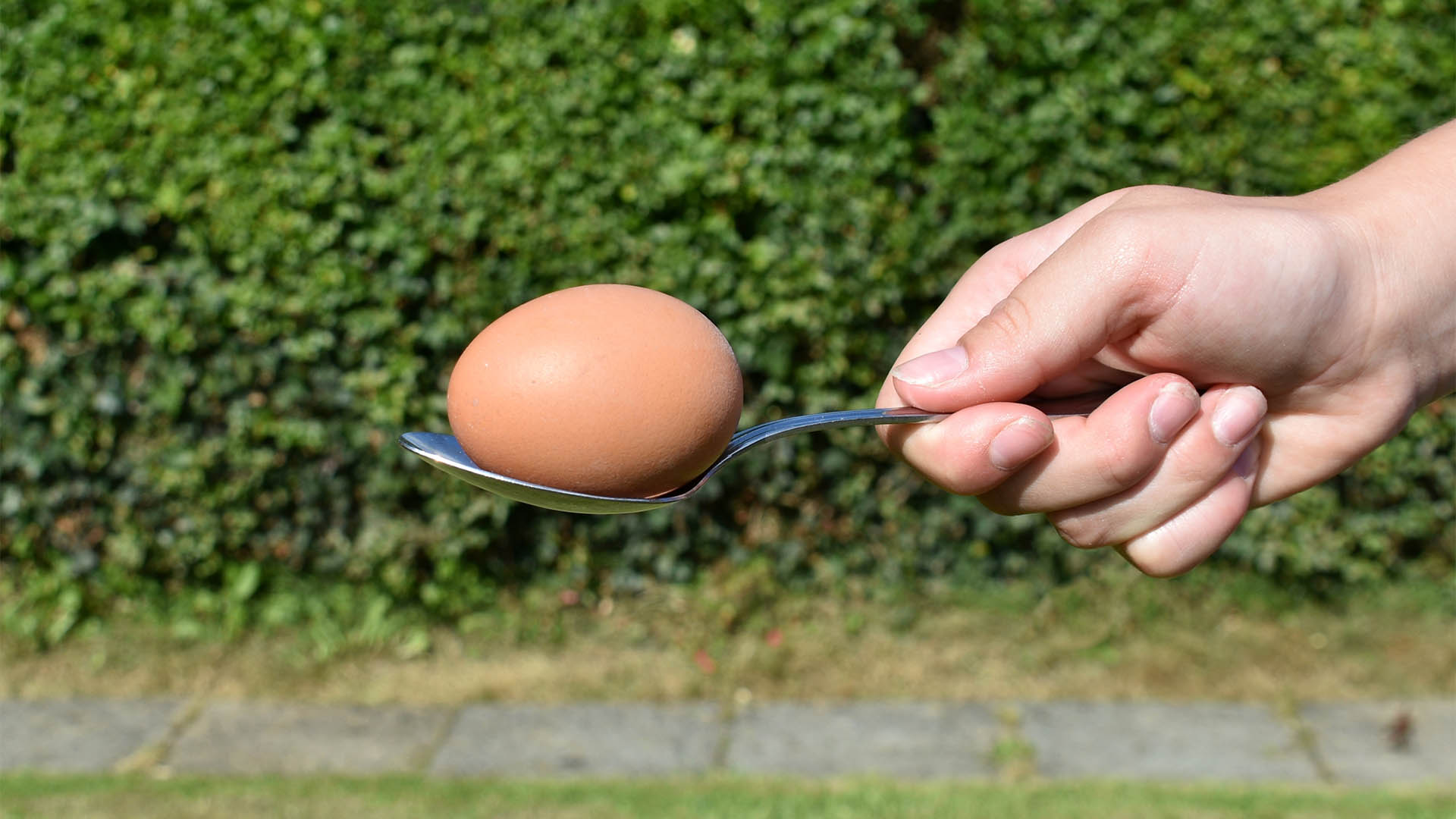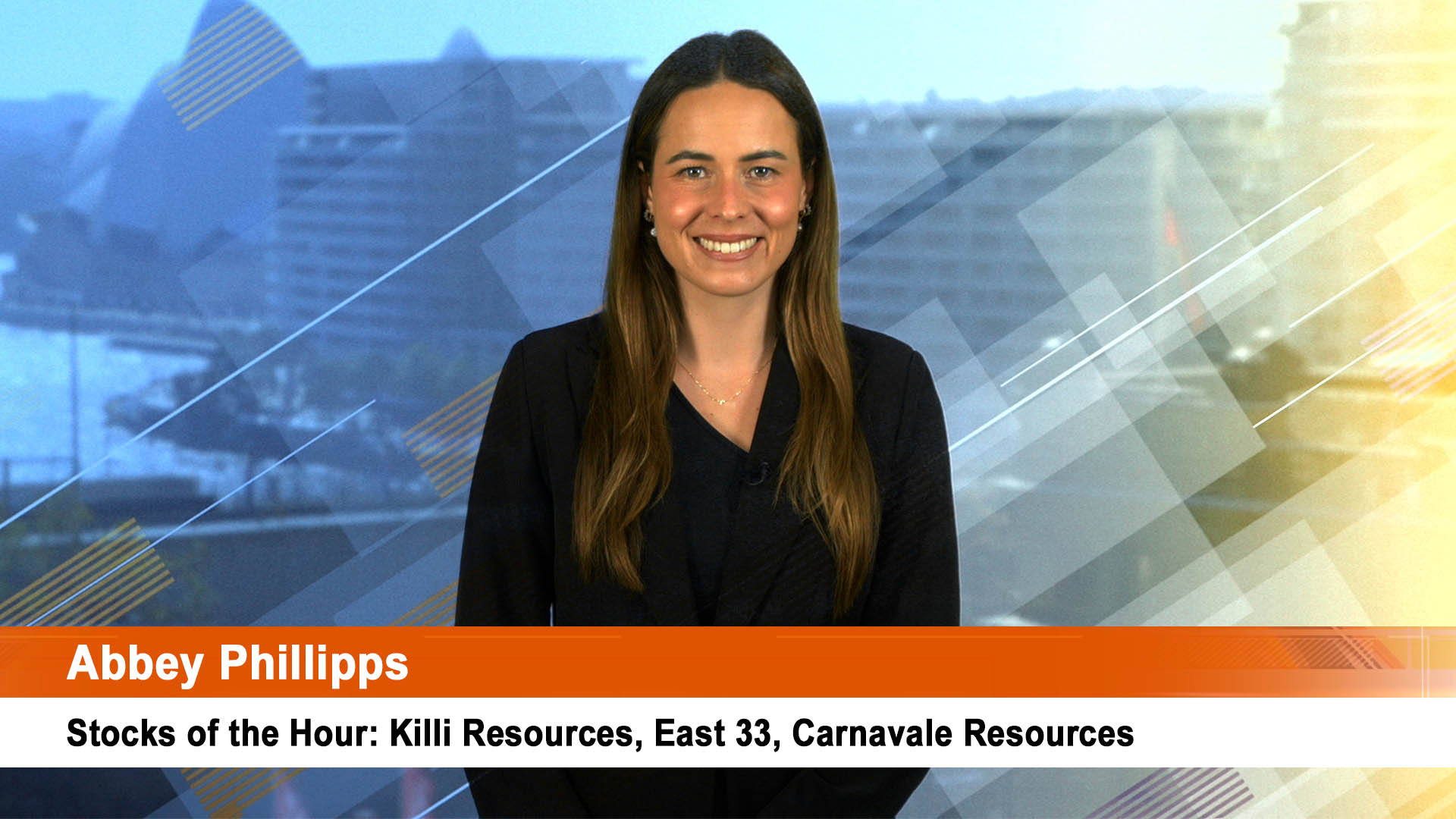So much for all that talk about weak demand for steel commodities from China – especially iron ore and coal. Trade data for September out on Friday showed a record 103 million tonnes of iron ore and a three year high of more than 27 million tonnes of coal were imported last month (see separate story).
Production cuts for steel, power (in some cases), cement, aluminium smelting, iron ore sintering and coke production are underway in the heavy industrial provinces around the north and northeast of China (especially Hebei) and this has hit iron ore and coal prices – until Friday when iron ore prices jumped sharply and back over $US62 a tonne for a small weekly gain).
Analysts say there were reasons for the surge in iron ore and coal imports last month – the Golden Week holiday at the start of October meant there was some stockpiling and buyers are chasing higher quality iron ore and coal (especially from Australia) because of falling Chinese production of ore and coal which is lower quality and higher cost.
But before anyone jumps for joy we should wait for a month to see if the production cuts see reductions in imports of iron ore and coal in the trade figures for October, and then November. judging by what is being reported from China, there should be cuts.
But as China’s National Statistics Bureau was releasing the September trade figures, the iron ore market was charging higher and by the close on Friday note the Metal Bulletin index price had jumped from just over $US60 a tonne to $US62.53, a rise of $US2.44 or 4%.
That was also up 20 cents from the $US62.24 of the week before – a development no one thought possible when the price slid under $US60 a tonne on Wednesday to a three month low of $US59.65.
The rebound in iron ore though was part of another solid day and week for most commodities as the biggest surge for years continues to develop.
In New York Comex gold futures pushed above the key $US1,300 level on Friday, rising more than 2% for the week, after the mixed US inflation report knocked the dollar lower.
December gold climbed by $US8.10, or 0.6%, to settle at $US1,304.60 an ounce, up 2.3% for the week.
Elsewhere, Comex silver for December delivery rose 14.5 cents, or 0.8%, to $US17.411 an ounce—up 3.7% for the week.
And Comex December copper rose 0.4% to $US3.134 a pound, ending about 3.5% higher on the week. In London nickel prices hit a one-month high on the LME on Friday on concerns China might order further steel output cuts, while aluminium fell after rising on news a Chinese city had ordered capacity reductions.
Three-month nickel on the London Metal Exchange ended up 2.5% at $US11,675 a tonne, having hit a one-month high of $US11,725.
The northern city of Binzhou, home to top global aluminium maker China Hongqiao Group, has ordered 2.57 million tonnes of annual smelting capacity to be closed this winter (until mid March).
That saw aluminium end down 0.6% at $US2,134 a tonne having rallied earlier on the output cut news; copper closed down 0.1% at $US6,882, having hit a one-month high of $US6,918.50, while zinc ended down 0.5% at $US3,235, having hit its highest in more than 10 years last week.
Tin ended down 0.7% at $US20,600 while lead closed down 1% at $US2,530. LME stocks of zinc have fallen 60% this year.













